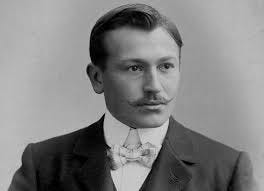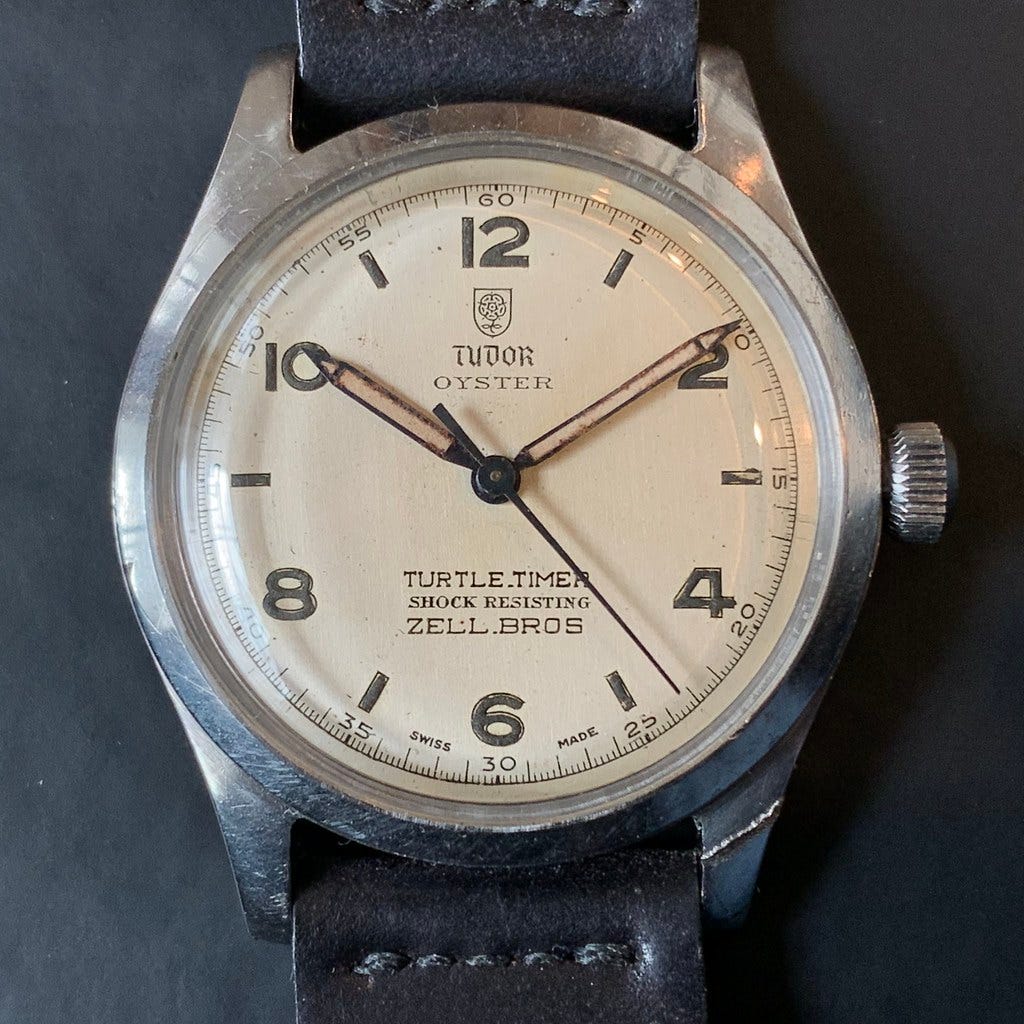Who are Tudor!?
From a visionary’s dream to a diver’s delight, Tudor’s tale ticks on. Discover how it all began.
Imagine it’s 1926, and the streets of Geneva are buzzing with the clatter of horse-drawn carriages and the hum of early automobiles. In a quiet office, a Swiss watch dealer named Veuve de Philippe Hüther inks a deal that will change the world of horology. She registers a trademark—“The Tudor”—not for herself, but for a man with a grand vision: Hans Wilsdorf, the mastermind behind Rolex. This is where our story begins, a tale of ambition, affordability, and a brand that dared to be different.
The Spark of an Idea
Hans Wilsdorf wasn’t just a watchmaker; he was a dreamer. By 1926, he’d already turned Rolex into a symbol of luxury and precision, but he saw a gap in the ticking world. Not everyone could afford a Rolex, yet many craved that same quality. Enter Tudor. The name, inspired by England’s adventurous Tudor dynasty, hinted at Wilsdorf’s roots and his taste for bold moves. Through Veuve de Philippe Hüther—led by the sharp-witted Lina Hüther after her husband’s passing—the first Tudor watches ticked to life. Some even bore the Rolex name alongside Tudor’s, a little wink to their shared DNA. Wilsdorf wasn’t just building a brand; he was crafting a bridge between extravagance and everyday wear.
Taking the Reins
Fast forward to 1936. Wilsdorf, ever the strategist, decided it was time to take full control. He bought the Tudor name outright, dreaming of watches that echoed Rolex’s craftsmanship but didn’t break the bank. A decade later, in 1946, he made it official, founding Montres TUDOR S.A. Out came the Tudor Oyster, a rugged beauty with a water-resistant case borrowed from its big sister, Rolex. Then came the Oyster Prince, a watch so tough it could survive a coal miner’s shift or a sailor’s storm. Tudor wasn’t just affordable—it was unstoppable.
A Diver’s Dream and a Quiet Lull
By 1954, Tudor found its groove. Picture this: a diver plunging into the murky depths, glancing at his wrist where the Tudor Oyster Prince Submariner gleams. It was a hit with adventurers and navies alike, proving Tudor could stand tall on its own. But as decades rolled on, the quartz crisis of the late 20th century dimmed its shine. Tudor retreated from some markets, biding its time like a hero in hiding.
The Comeback King
Then came the 2000s—a revival fit for a blockbuster. Tudor roared back with the Black Bay collection, a nod to its diving roots with a modern twist. Suddenly, watch lovers couldn’t get enough. With in-house movements by 2015, Tudor wasn’t just riding Rolex’s coattails anymore—it was carving its own legend.
The Unexpected Twist
Here’s the kicker: even in those early days under Veuve de Philippe Hüther, Rolex quietly vouched for Tudor’s quality. Before Wilsdorf took over, every Tudor watch had a touch of Rolex magic—proof that this “little sibling” was special from the start.
Why It Matters
Tudor’s story isn’t just about watches; it’s about a man who refused to let quality be a luxury for the few. From 1926 to today, Tudor has been the rebel with a cause—delivering precision, grit, and style to anyone who dares to wear it. So next time you strap on a Tudor, remember: you’re wearing a piece of history that defied the odds.





